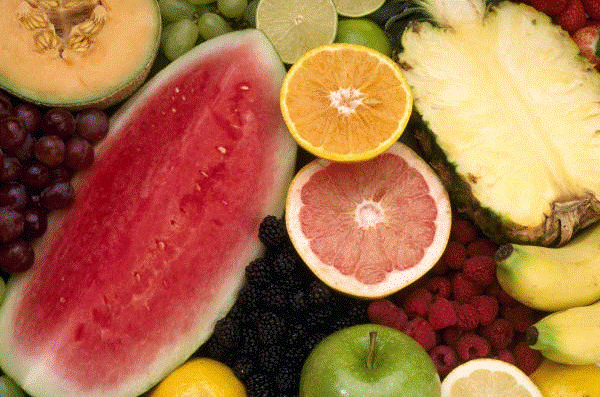Are u guys excited? I am.
I love holiday season because of the food, the gift, the decoration, the spirit, the music, the togetherness (You named it, I love it!)
This is one of my favorite times of the year :)
One thing i don't like is the weather, Its freaking cold.

Since its holiday season around the corner,
You guys might doing some baking or maybe (not)?
Well, I just want to share with y'all about some good tips,
"Learn when and how to use the different types of flour and sugar"
It's a good idea to brush up on your knowledge of these two important ingredients.
Use this guide to help you stock your pantry with the right stuff so you can bake like a pro, Hope this helps. Flours
Flours
All-purpose flour:
This basic flour is made from a mixture of high and low gluten wheat, and can be used in most baked goods. It can be bleached or unbleached, and the bleaching process is either natural or chemical. The two kinds can be used interchangeably in recipes. Flour is usually sold pre-sifted, which means you just need to give it a quick stir before you scoop it into a measuring cup.
Whole-wheat flour:
A favorite of health-conscious bakers, whole-wheat flour contains the wheat germ. It's high in fiber and nutrients, and also has a high fat content. You can substitute whole-wheat flour for half the all-purpose flour in a recipe, but any more could result in tough baked goods.
Cake flour:
This finely ground soft-wheat flour is high in starch and low in protein, your best option for baking tender cakes and pastries.
Bread flour:
Specially produced for yeast breads, this flour maximizes gluten content by using mostly hard wheat flour, plus other ingredients to help the yeast perform its best.
Sugars
Granulated sugar:
Sugar is important for baking – it makes cookies sweet and doughs tender. Granulated sugar is the most common type of sugar used, and it is made from sugar cane or beets.
Brown sugar:
This sugar is plain granulated sugar mixed with molasses. The color, light or dark, depends on the amount of molasses mixed in, and the darker version has a stronger molasses flavor. It is sold in boxes or plastic bags, but the bags are better at helping it retain its moisture. If you find your brown sugar has gotten hard, place it in a plastic bag with an apple wedge and leave it sealed for a day or two. The moisture will be magically revived.
Superfine sugar:
Also called castor sugar, superfine sugar is more finely ground than table sugar. It dissolves easily and is often used for meringues and when using cool liquids.
Confectioners' sugar:
Made from granulated sugar ground into a fine powder and mixed with a small amount of corn starch, confectioners' sugar is commonly used to make icings and candy, and is often decoratively dust over desserts. Because it tends to clump, it's a good idea to sift confectioners' sugar before using.
HAVE A WONDERFUL HOLIDAY SEASON YA'LL :)
*Tips courtesy from Here


No comments:
Post a Comment